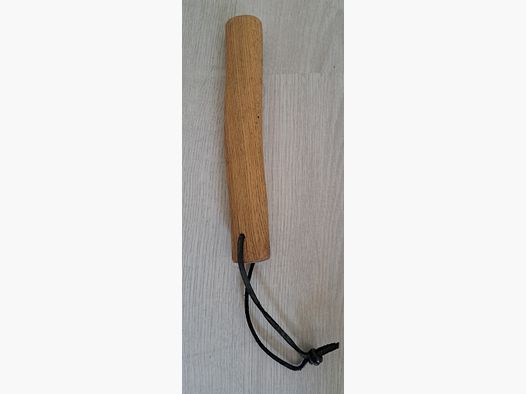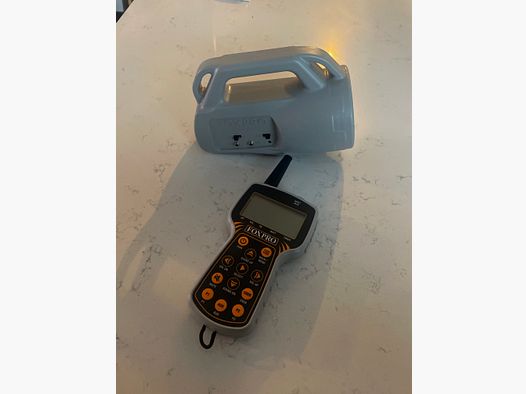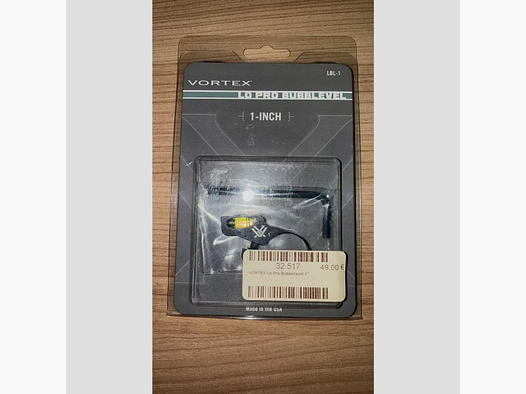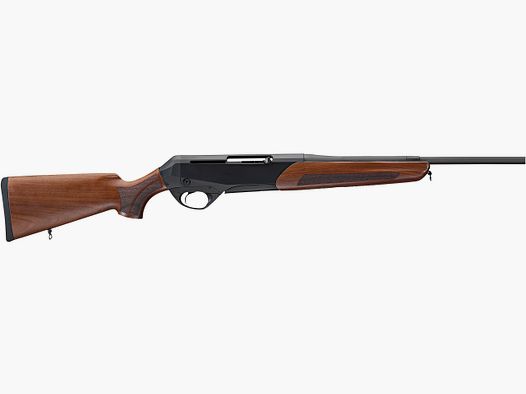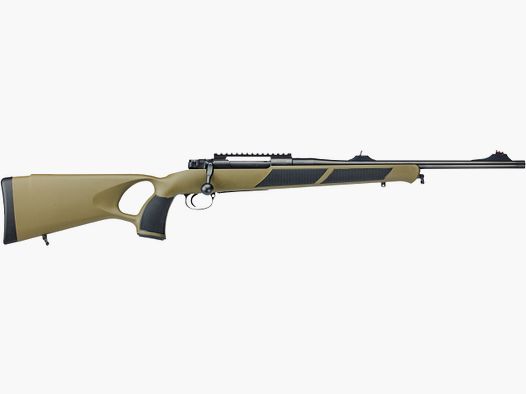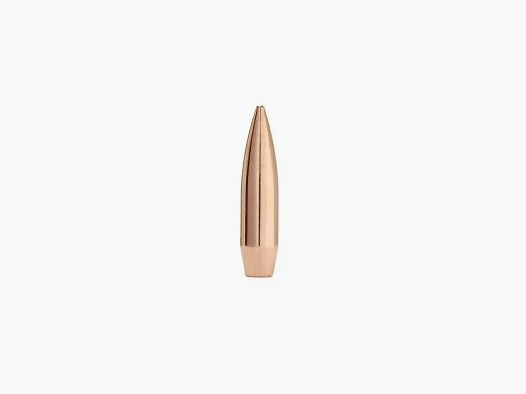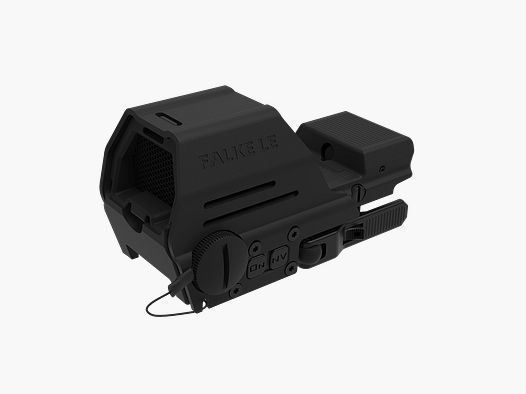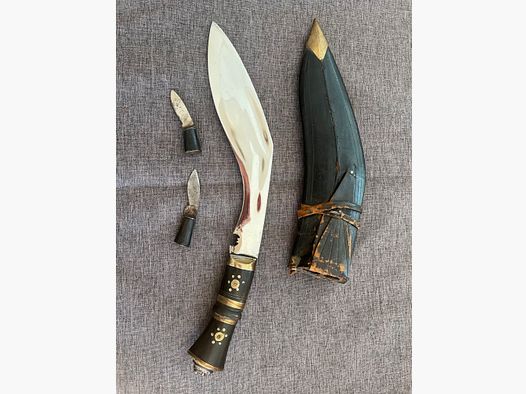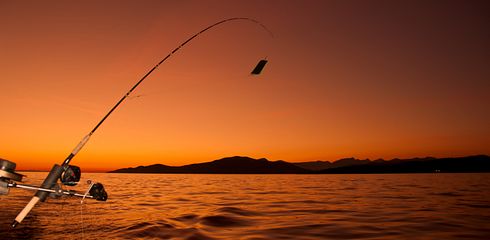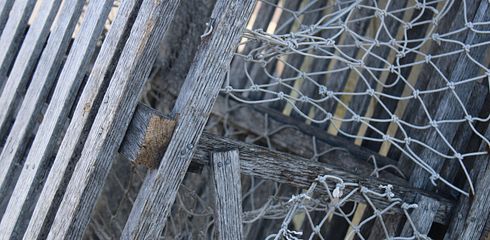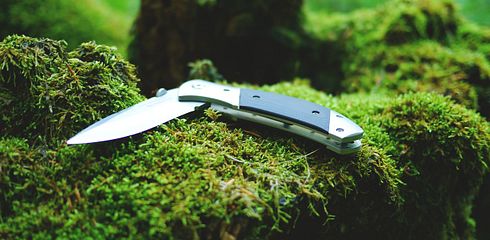Fishing, a timeless hobby, connects us with nature and creates a unique bond between humans and water. As a beginner approaching the fishing adventure, it may initially seem like a journey into the unknown. However, with the right fundamentals and some dedication, fishing can become a fulfilling and relaxing pastime. This guide serves as a compass for newcomers to understand and master the basics of fishing.
1. The Basic Equipment: The Tools of Every Angler
Before you venture to the water, it is crucial to have your gear in check. Let’s take a closer look:
The Fishing Rod: Choosing the right rod is key to success. For beginners, medium-weight rods are recommended as they are versatile and allow for a wide range of fishing techniques.
The Fishing Reel: The spinning reel is a good choice for beginners. It is easy to use and versatile, making it particularly suitable for various fishing styles.
The Line: Choose a fishing line with an appropriate weight capacity that matches the species of fish you want to catch. The line is the direct connection between you and the fish, so it should be strong enough to handle the fight.
Bait and Hooks: Start with simple baits like worms or artificial lures. These are effective and easy to handle. Different types of hooks are suitable for various fish species and fishing techniques.
2. Choosing the Right Fishing Spot
Success in fishing depends not only on your equipment but also on the chosen fishing spot. Here are some considerations:
Water Knowledge: Learn about the water where you want to fish. What species of fish are native there? Are there currents, underwater structures, or other features you should be aware of?
Weather and Season: Fish behave differently depending on the weather and season. Learn how these factors influence fish behavior and adjust your strategy accordingly.
Accessibility: Ensure that the chosen fishing spot is easily accessible. Nothing is more frustrating than transporting your gear to a remote location only to find that fishing there is difficult.
3. The Right Fishing Technique: Practice and Improve
The variety of fishing techniques can be overwhelming at first, but over time you will discover your preferences. Here are some basic techniques:
Bottom Fishing: This method is particularly suitable for beginners. The bait is placed on the bottom of the water, and you wait for a fish to bite.
Spin Fishing: An active method where the bait is retrieved quickly or jerked. This is particularly effective for predatory fish like pike or perch.
Fly Fishing: This elegant method requires some practice but rewards you with a unique experience. The fly is moved lightly over the water to attract the attention of trout or salmon.
It is important to emphasize that there is no "right" fishing technique. Every angler develops their own style over time, shaped by personal preferences and experiences.
4. Respectful and Sustainable Fishing
As a responsible angler, it is important to protect the environment and promote sustainable practices. Here are some guidelines:
Catch-and-Release: If possible, release the fish back into the water. This helps preserve fish populations and allows other anglers to experience the same joy of catching.
Avoiding Litter: Always take your trash with you, and if possible, pick up the trash of others as well. Protecting the environment is a shared responsibility.
Compliance with Regulations: Familiarize yourself with local fishing regulations and adhere to them. This not only protects fish populations but also the reputation of the entire angling community.
On the Path to Becoming a Successful Angler
Fishing is more than just catching fish; it is a combination of technique, nature, and patience. Use this guide as a starting point for your own journey into the world of fishing. Experiment with different techniques, explore new waters, and share your experiences with other anglers. Over time, you will grow not only as an angler but also as a nature lover and storyteller by the water. Good luck, tight lines, and may every catch write a new story!




